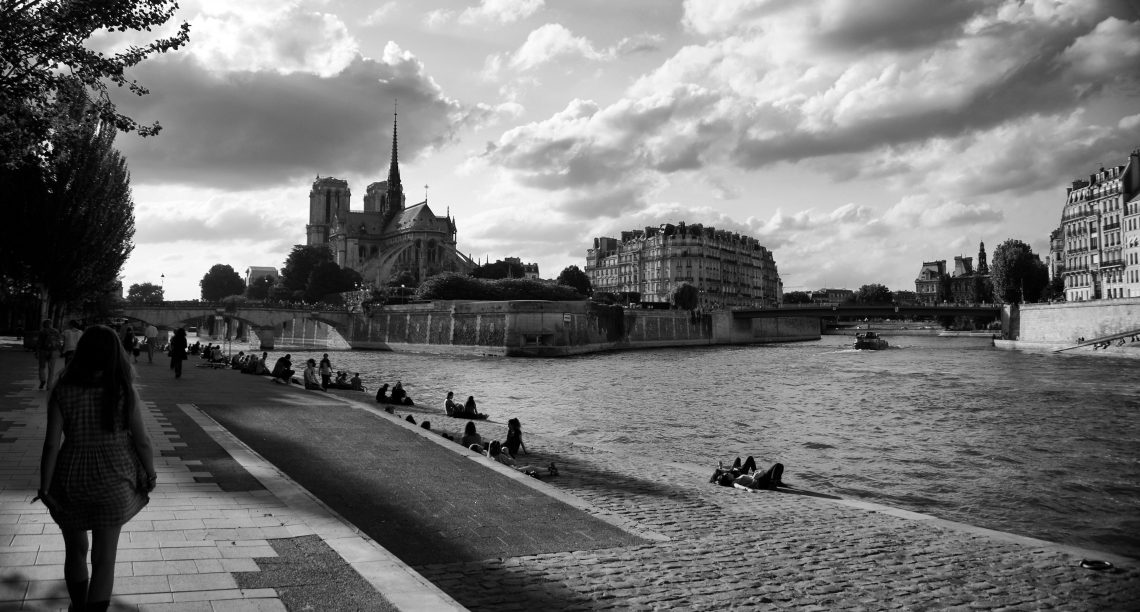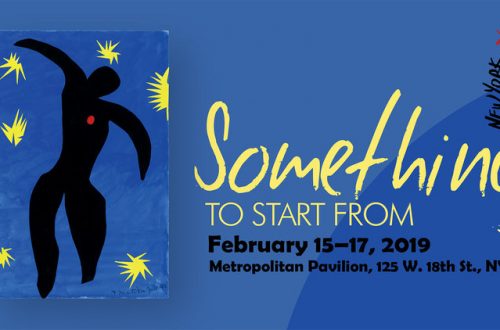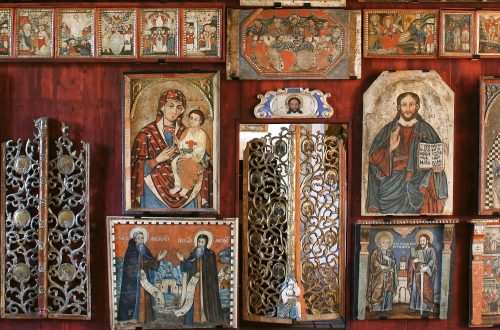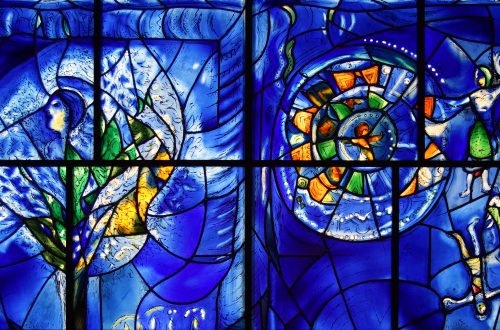by Jon Balsbaugh
“A time that is sinking is always sad, but sorrow is especially profound for a life which is doomed to perish and which we feel belongs to us. With it the possibilities of living go under too.”
Romano Guardini, Letters from Lake Como: Explorations on Technology and the Human Race
“There is a widespread sense of loss here, if not always of God, then at least of meaning.”
Charles Taylor, A Secular Age
Six years ago I visited Paris for the first time.
I wandered the labyrinthine streets of the Latin Quarter, was captivated by the Musée de Cluny, stumbled by accident upon the church in which Marius and Cosette were married in Victor Hugo’s Les Misérables, and took an early morning bus to Montmartre and Sacré-Cœur.
It’s a feature of my own traveling, though, to wish to see things from vantage points other than those prescribed by Kodak. That doesn’t mean I avoid all museums. (The Musée d’Orsay was fabulous.) Nor does it mean that I fail to take in any of the typical tourist attractions. (Don’t skip the Paris Sewer Museum if you also happen to be a Victor Hugo fan.) But I did not venture into the Louvre. I did not ascend the Eiffel Tower. And I did not enter Notre-Dame de Paris.
I did, however, spend a great deal of time on the banks of the Seine in the shadow of Notre-Dame. I found myself meditating upon its ironic existence as a national symbol of one of the most irreligious countries in the world (outside of Northern Europe). I was aware of its presence hovering over the evening dancers on the Quai de la Tournelle. I tried to photograph it from a number of angles, walking up and down the banks on either side of the Île de la Cité. Notre-Dame is a beautiful, impressive, and completely integrated work of architecture.
On my fourth night in the City of Lights, I wrote this in my journal:
I was struck today by how different it must be to live in and amongst these buildings, buildings that are not just old but were conceived of, developed, and built for another time entirely, for a different way of life – for a life of hearth fires and candlelight, a life of horses and stables, a life of goods that were handcrafted out of necessity not luxury. The stairs in our apartment are ancient by American standards, the wood hand-cut with a necessary sense for the particular space it occupies. Doors and doorways are not standardized. The buildings were not made to be wired for electricity. Plumbing was an afterthought.
All of this contributes to a sense of living history, but perhaps also to the latent sadness of Paris. The electric wiring just doesn’t fit in. Home appliances are garishly out of place and violate the Medieval or Renaissance sense of space. The roads aren’t made for cars. Fluorescent lighting saps the warmth from the architecture. Any contemporary expectations for a certain kind of modern convenience simply couldn’t be met without razing everything and starting over (Baron Haussmann’s solution under Louis Napoleon). And who would ever do this to the Paris we now have?
So when I saw the news on Monday that Notre-Dame was burning, I was deeply moved. I went back through my own photographs, journals, and memories of Paris. I posted a photo on Facebook. At that time, the two towers had not yet been declared safe, and I found myself imagining my next trip to Paris, standing on that same quay, watching those same dancers, a Gothic ruin in the background – the Cathedral of Notre-Dame succumbing to the fate of Whitby Abbey.
Of course, when I heard French president Emmanuel Macron dedicate the nation to rebuilding the cathedral, I knew it was the right thing to do. “We will rebuild,” he said, “because it is what the French people expect, because it is what our history deserves, because it is our profound destiny.” And I suppose this is true. But I also couldn’t help but experience a twinge of … something … at how different this rebuild would be than the initial construction of the cathedral. Was it sorrow? Nostalgia? An overly Romantic attachment to Gothic ruins? I’m still not sure, but it had something to do with how different this world is (for good and ill) than the one that built Notre-Dame.
Notre-Dame was constructed as a Christian church. Its purpose (including its beauty) was to be “a house of God and an abode of men.” Its many carvings functioned as a “liber pauperum,” a poor people’s book, telling the stories of the Bible for those who could not read. And its exterior and interior beauty provided access not just to art but to transcendence – and not to self-transcendence but to an encounter with a transcendent God.
While it is difficult to imagine the West ever entirely shedding its deeply Christian moorings, nonetheless, it cannot be called ‘Christian’ in quite the same way that it could have been in 1163 when the cornerstone of Notre-Dame was laid by Pope Alexander III in the presence of King Louis VII. On the other hand, neither can we say that this is the lowest point in the history of the West’s tension with Christianity. Paris and Notre-Dame itself passed through the ignominy of the French Revolution. In the aftermath, the cathedral was rededicated to the Cult of Supreme Reason by the dictatorial Committee of Public Safety. Statues of Mary were replaced with sculptures of the ‘Goddess of Liberty.’ Napoleon would be the one to return Notre-Dame to the Catholic church in subsequent years, though the current structure is owned by the French Ministry of Culture.
So where are we, then? What does this moment represent? What is this cathedral we will be rebuilding – not only the French but concerned people from around the world?
At the time of this writing, well over a billion dollars has been pledged to the reconstruction, mostly by French and international billionaires and their companies. Many of these billionaires have no connection to the Roman Catholic Church and some are even openly hostile to the Christian tradition. So what are we to make of a Notre-Dame restored under these conditions – preserved as a piece of human history, a national treasure (though perhaps still quaintly occupied by a few devotees of an ancient religion)?
Can the new Notre-Dame de Paris be anything more than a lifeless artifact of Christianity preserved within the museum of a now secular West?
I think the answer is, “Yes.”
There are certainly elements of this situation that might raise legitimate concern for a Christian who understands the cathedrals (or any church buildings for that matter) to be more than pieces of history. But there is a strange kind of hopefulness in the fact that so many who would no longer even claim to believe in God (or, if they did, would certainly not support the kind of organized religion that raised such structures in the first place) nonetheless want Notre-Dame rebuilt because Notre-Dame is beautiful.
Within the human heart, there is an ineradicable desire for beauty, and this desire may well be the key to God’s work in Christ, reconciling the world to himself. As Swiss theologian Hans urs von Balthasar wrote at the beginning of his great work on theological aesthetics, “To want to see the stained glass window from the inside is already to believe.”
Perhaps Paris (and with it much of the West) does now seem to be a kind of twilight world – a museum to a way of life that has all but vanished, inhabited by a people who cannot seem to entirely forget. But perhaps it is in that very refusal to forget, in the inability to turn away from beauty, in the instinct of the Parisians (believers or not) who gathered on the streets to sing Ave Maria, that we should look for hope.
The miracle here is not that a billion dollars was raised in three days but that somehow, even in our secular age, so many people still seem to want to see the stained glass window from the inside.
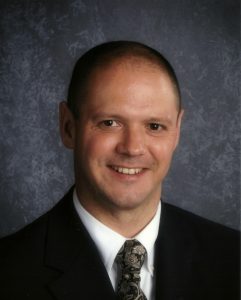
Jon Balsbaugh is the founder and chief editor of Veritas Journal and owner and operator of Kairos Educational Consulting. Though his soul still imagines itself in the Pacific Northwest of his childhood, he now lives in South Bend, IN. He and his wife have five children. Mr. Balsbaugh has been involved in classical education for over twenty-five years. In addition to reading, writing, and thoughtful contemplation of ideas, he enjoys seeing the world through the lens of his three primary hobbies: fly fishing, foraging, and photography.
.
